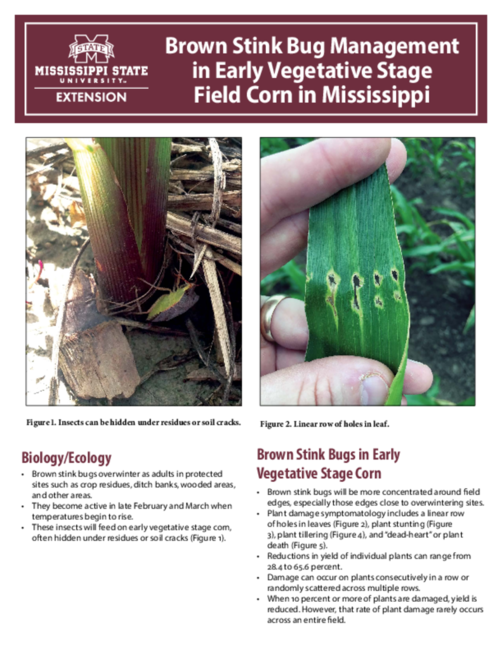P3654
Brown Stink Bug Management in Early Vegetative Stage Field Corn in Mississippi
Biology/Ecology
- Brown stink bugs overwinter as adults in protected sites such as crop residues, ditch banks, wooded areas, and other areas.
- They become active in late February and March when temperatures begin to rise.
- These insects will feed on early vegetative stage corn, often hidden under residues or soil cracks (Figure 1).
Brown Stink Bugs in Early Vegetative Stage Corn
- Brown stink bugs will be more concentrated around field edges, especially those edges close to overwintering sites.
- Plant damage symptomatology includes a linear row of holes in leaves (Figure 2), plant stunting (Figure 3), plant tillering (Figure 4), and “dead-heart” or plant death (Figure 5).
- Reductions in yield of individual plants can range from 28.4 to 65.6 percent.
- Damage can occur on plants consecutively in a row or randomly scattered across multiple rows.
- When 10 percent or more of plants are damaged, yield is reduced. However, that rate of plant damage rarely occurs across an entire field.
Scouting
- Begin scouting at the V1 growth stage and monitor weekly through the V6 growth stage.
- Concentrate efforts around field edges and overwintering sites (Figure 6).
- A partial plant sampling method (focusing primarily on the base of plants) is the best method to estimate population densities.
- Detecting the presence of stink bugs in seedling corn is difficult, so many samples may be required.
Control
- Threshold—Recent research suggests that the greatest yield losses from stink bugs in corn are from infestations that occur from VE to V4.
- Treat corn shorter than 2 feet tall when 10 percent of plants have one or more stink bugs present.
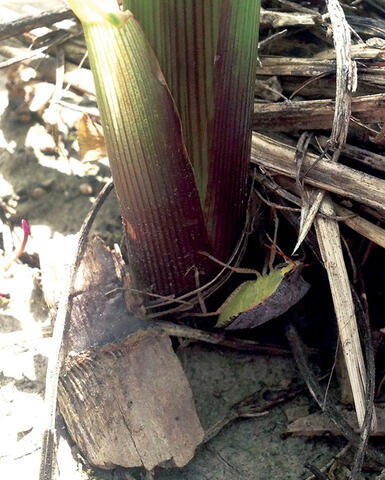
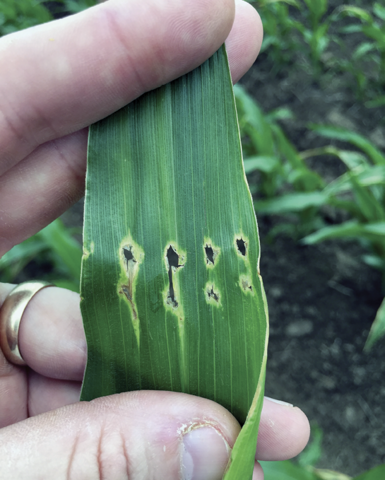
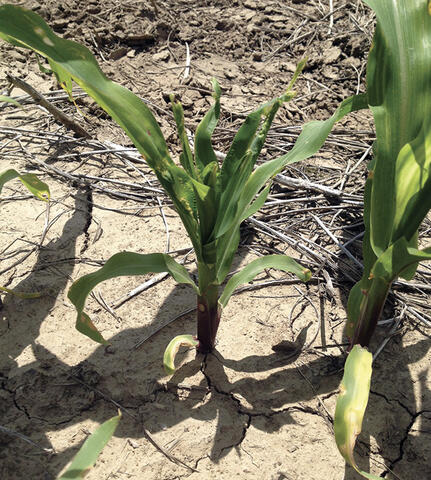
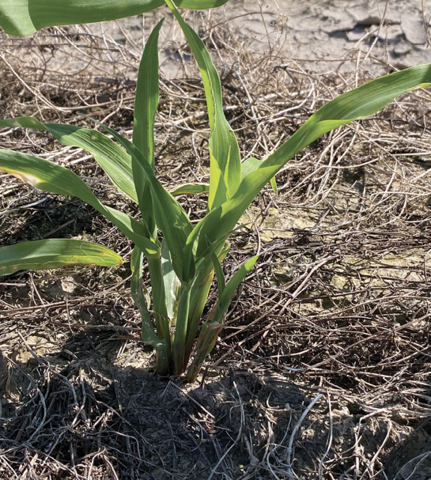
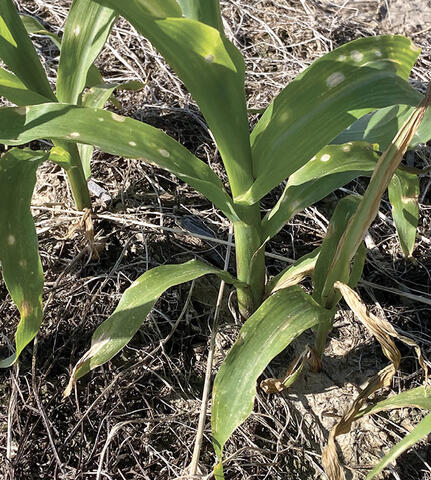
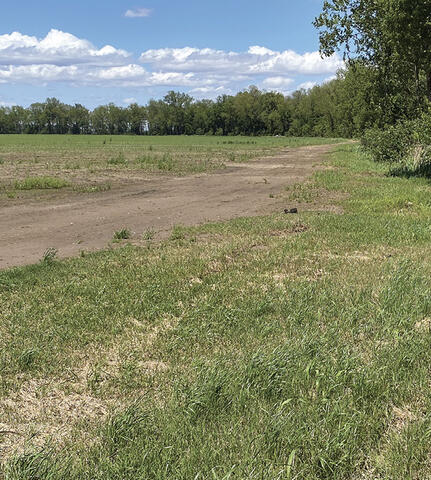
|
Foliar insecticide1 |
Amount of formulation per acre |
1 gallon or 1 pound dry will treat |
Efficacy2 |
|
β-cyfluthrin (P) |
1.6 to 2.8 oz |
80 to 45.7 acres |
6 |
|
β-cyfluthrin (P) |
1.6 to 2.8 oz |
80 to 45.7 acres |
6 |
|
cyfluthrin (P) |
4.6 to 2.8 oz |
80 to 45.7 acres |
6 |
|
bifenthrin (P) |
2.1 to 6.4 oz |
61 to 20 acres |
7 |
|
Ζ-cypermethrin (P) |
2.72 to 4.0 oz |
32 to 12.4 acres |
6 |
1For specific products, refer to the current Insect Control Guide for Agronomic Crops.
2Efficacy is based on a rating scale of 0 to 10, with 0 being no control and 10 being 100 percent control.
Publication 3654 (POD-08-24)
Reviewed by Tyler Towles, PhD, Assistant Professor, Delta Research and Extension Center. Written by Will Hardman, former Graduate Student; Jeffrey Gore, PhD, Professor and Head; Don Cook, PhD, Associate Research Professor; Angus Catchot, PhD, Extension Director; Whitney Crow, PhD, Associate Professor; and Erick Larson, PhD, Extension/Research Professor.
The Mississippi State University Extension Service is working to ensure all web content is accessible to all users. If you need assistance accessing any of our content, please email the webteam or call 662-325-2262.
